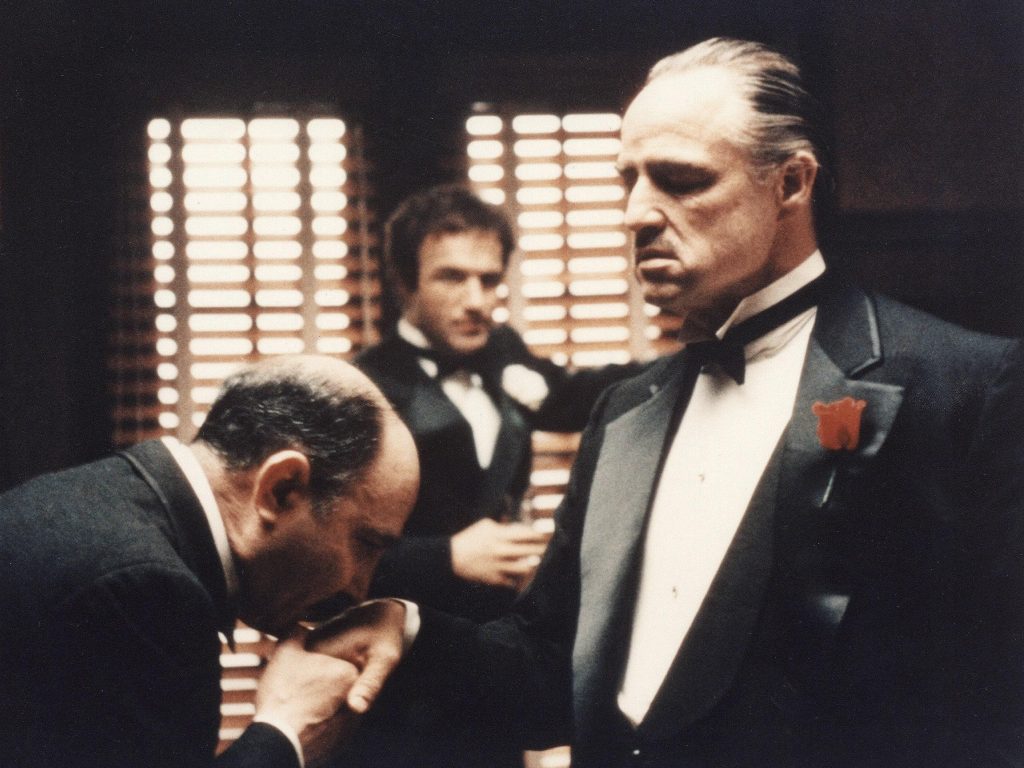In the ever-evolving landscape of television, where stories once sparked with originality and unpredictability, a new concern has begun to simmer beneath the surface: Are TV dramas becoming too formulaic for fresh storytelling? As audiences flip through channels or scroll through streaming services, they may find themselves engulfed in a sea of familiar tropes and predictable plotlines. This article delves into the anatomy of modern TV dramas, exploring whether the quest for tried-and-true success is stifling creativity or if it serves as a canvas for innovative storytelling. Join us as we unravel the intricacies of narrative structure, audience expectations, and the delicate balance between the comforting and the cliché in today’s television dramas.
Breaking the Mold: Examining the Formula in Modern TV Dramas
In recent years, there’s been a growing sentiment among audiences and critics alike that TV dramas have fallen into a predictable pattern, often recycling the same narrative arcs and character tropes. Are viewers experiencing a sense of déjà vu with every new series? This phenomenon can be attributed to the industry’s reliance on proven formulas that guarantee a certain level of commercial success. However, this dependency raises a critical question: Are these formulas stifling the innovation and creativity that once defined groundbreaking dramas?
Consider the following elements commonly found in modern TV dramas:
- The Anti-Hero Protagonist: A morally ambiguous lead character whose complex personality often drives the plot.
- Cliffhanger Endings: Episodes that conclude with dramatic twists, designed to hook viewers into the next installment.
- Ensemble Casts: A diverse group of characters, each with their own subplots that interweave with the main storyline.
- Flashbacks and Non-linear Storytelling: Techniques used to add depth and context, though sometimes at the expense of pacing.
While these elements have their merits, their overuse can lead to a saturation of sameness, leaving audiences yearning for narratives that dare to break free from these constraints. It’s a delicate balance between catering to audience expectations and nurturing fresh storytelling avenues.
Innovative Narratives: Breathing New Life into Familiar Formats
The world of TV dramas has long been a landscape of evolving creativity, yet it often grapples with the challenge of formulaic storytelling. Innovative narratives strive to break away from this mold, offering viewers a refreshing departure from the expected. By weaving together unconventional plot structures, character arcs, and visual storytelling techniques, creators can breathe new life into well-trodden formats. This dynamic approach not only captivates audiences but also challenges them to engage with stories in unexpected ways.
- Non-linear timelines: Shuffling the sequence of events to maintain suspense and intrigue.
- Multi-perspective storytelling: Presenting the narrative through the eyes of various characters to enrich the storyline.
- Genre blending: Combining elements from different genres to create a unique viewing experience.
- Breaking the fourth wall: Directly addressing the audience to create a more intimate connection.
These techniques challenge traditional formats, inviting both creators and audiences to explore storytelling as a living, breathing art form, capable of evolving and resonating in new and meaningful ways.
 Character Depth vs. Predictable Arcs: Striking the Right Balance”>
Character Depth vs. Predictable Arcs: Striking the Right Balance”>
Character Depth vs. Predictable Arcs: Striking the Right Balance
In the world of television dramas, one of the ongoing challenges is achieving a delicate balance between character depth and the predictability of story arcs. On one hand, richly developed characters with intricate backstories and complex motivations draw viewers into their world, offering a more immersive experience. On the other hand, audiences often find comfort in familiar narrative structures, where certain plot points unfold in expected ways. The key lies in blending these elements to maintain engagement without sacrificing creativity.
To strike this balance effectively, creators might consider:
- Subverting Expectations: While some predictability is inevitable, surprising twists or unexpected character decisions can keep the narrative fresh.
- Layered Storytelling: Incorporating multiple plot lines that converge in surprising ways can provide depth and maintain interest.
- Character Evolution: Allow characters to grow organically rather than forcing them into predefined arcs, which can lead to more authentic storytelling.
- Emotional Resonance: Ensure that character development is driven by emotional truths rather than plot convenience, fostering a deeper connection with the audience.
By thoughtfully integrating these strategies, TV dramas can break free from formulaic constraints while still delivering satisfying and engaging narratives.

Crafting Unpredictability: Strategies for Original Storytelling in TV
In a world saturated with TV dramas that often follow predictable patterns, the quest for genuine originality demands a deliberate departure from conventional tropes. Crafting unpredictability requires a blend of innovation and a keen understanding of audience expectations. Writers and creators can explore several strategies to infuse freshness into their narratives:
- Subvert Expectations: Challenge traditional storytelling by flipping familiar plot devices on their heads. Instead of following the hero’s journey, perhaps the hero’s choices lead to morally ambiguous outcomes, leaving the audience questioning their own perceptions of right and wrong.
- Dynamic Characters: Develop characters with unexpected depth. Let them evolve in ways that defy stereotypes, allowing their decisions to surprise and engage viewers. Characters should not be mere vessels for the plot but active agents who can reshape the story’s trajectory.
- Non-linear Narratives: Experiment with time and perspective. By weaving past, present, and future storylines, creators can craft a complex tapestry that keeps viewers on their toes, compelling them to piece together the narrative puzzle.
By employing these strategies, TV dramas can transcend the formulaic and capture the essence of unpredictability, ensuring that audiences remain captivated and eager for more.









